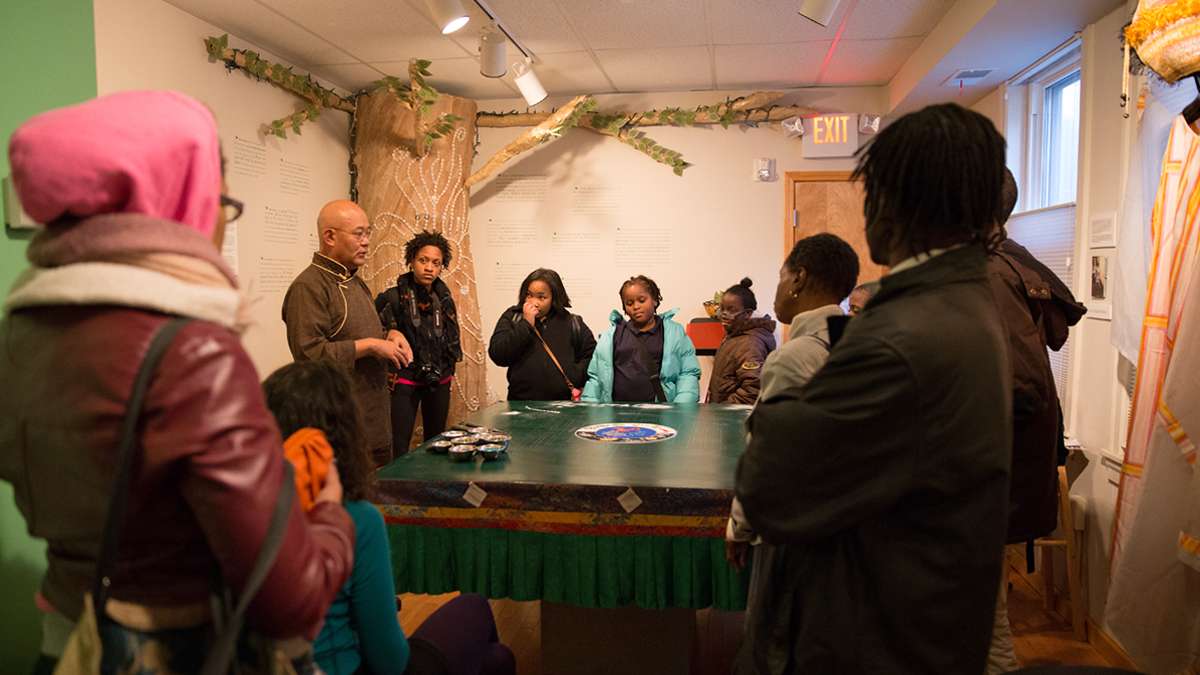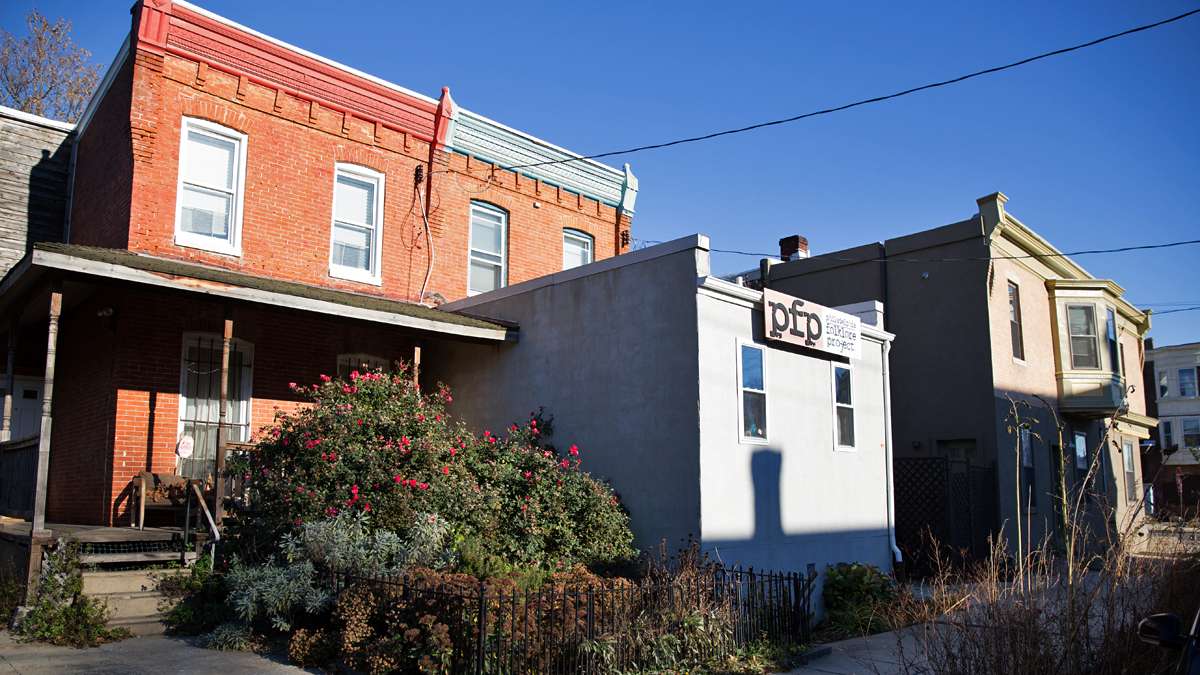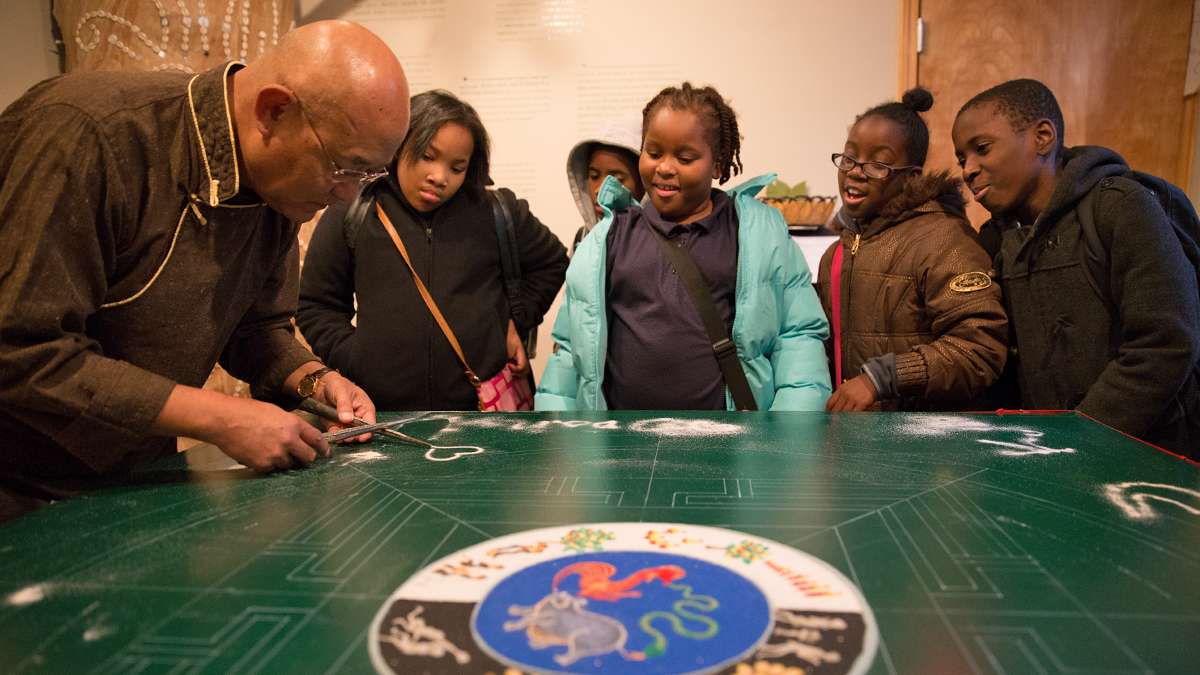Are Katrina lessons helping or hurting New Jersey?
If the government was like a first-time parent during Hurricane Katrina — bumbling, caught unprepared and off guard — Superstorm Sandy is closer to a second child. When the superstorm crashed ashore last October, officials were better prepared and eager not to repeat rookie mistakes.
In fact, much of the response to Superstorm Sandy has been shaped by lessons learned after Hurricane Katrina.
In the wake of the most destructive storm in recent history, Louisiana made it a priority to get money to damaged homeowners quickly. It created the “Road Home,” what’s known as a “compensation” program, to distribute federal aid money routed through Community Development Block Grants. In its simplest form, the Road Home gave victims money with few strings attached.
But the cash approach had downsides, said Fredrick Tombar, executive director of the Louisiana Housing Corporation and a former director of the Road Home program.
“Many people were taken by contractors,” he recalled. “Contractors took the money and ran. There were others who tried to manage it on their own, and it’s difficult to be a general contractor if you’re not familiar with the details.”
Other people simply used the money for the slew of expenses they had at the time – they were displaced from their homes; they’d lost everything.
“The impact being that there wasn’t enough money for the reconstruction of their homes,” Tombar said.
Texas took a different route recovering from Hurricane Rita, which hit the Gulf Coast a month after Katrina. It chose a rehabilitation-style grant program, where money is spent directly on rebuilding and the state manages the construction process.
Five years after the storm, 90 percent of grant recipients had finished their repairs in Texas, compared with 70 percent in Louisiana – though it’s important to note that Texas had just a tiny fraction of Louisiana’s damage. But those statistics, combined that with headlines about millions of Katrina aid money lost to fraud, meant that when it came time for New Jersey to design its Sandy programs, the Louisiana model had fallen out of favor.
Louisiana’s mistakes led U.S. to take a firmer hand
“We actively discouraged compensation components in the Sandy recovery,” said Stan Gimont, the director of the office of block grant assistance at the U.S. Department of Housing and Urban Development, which oversees the deployment of CDBG funds. “[We] didn’t totally take them off the table, but we established a high bar for someone to come up to us and do that.”
The result is that grant programs for Sandy victims “are being more centrally managed,” said Gimont. “They may be a bit of a hybrid versus the Texas approach, but nonetheless, there’s a much stronger governmental hand.”
However, not everyone is a fan of these post-Katrina reforms. The downside of the Texas approach is that it took a bit longer after the storm to finish repairs compared with Louisiana. And speed has become a common complaint in New Jersey.
Now, more than a year since Sandy, the New Jersey Department of Community Affairs, says about 8 percent of the $600 million in its main grant program — the Homeowner Reconstruction, Rehabilitation, Elevation and Mitigation (RREM) — has been committed to homeowners. So just $50 million is in the hands of homeowners or on its way to them.
Dealing with the ‘Katrina hangover’
The DCA and Gov. Chris Christie have repeatedly pointed the finger at post-Katrina rules to explain slow progress. (The DCA declined repeated interview requests for this story.)
“There is enormous amounts of red tape that we call the ‘Katrina hangover,’” Christie said during an interview with the “Today” show on Sandy’s anniversary.
“Because [of] some of the waste and abuse, there’s a lot more federal regulation that folks are having to deal with and we’re continuing to push back on that, but it’s one of the realities of waste and abuse during Katrina,” he said.
Christie and the DCA said it took months for federal Sandy aid funds to even arrive in New Jersey. Then, the process has been slowed by federally mandated environmental and historic reviews of properties. Those requirements actually predate Katrina, but it’s true that the Homeowner Resettlement Program, a smaller compensation-style program that is not subject to these reviews, has committed 95 percent of its $180 million.
“Each of these steps take time and may get complicated based on each homeowner’s individual circumstance,” a DCA representative wrote in an emailed statement.
However, during a June interview, DCA Commissioner Richard Constable spoke in favor of these types of post-Katrina reforms.
“My thing is this — we want to do this right,” he said. “While speed is what everyone wants and that’s what we want as well, history has told us, post-disaster, that if you just hand people money and don’t watch what’s going on, the results that you want, which is homeowners to be helped and communities to be rebuilt, that’s not what you’re going to get.”
Balancing accountability and urgency
After Sandy, Constable said he went to Louisiana to meet with his counterparts there. That trip convinced him New Jersey should be more involved – to assign homeowners approved contractors and put grant funds in escrow accounts to pay for construction.
“It’s very important to make sure that, as a state, we’re measured, and while the money does go out quickly, that you have the appropriate monitoring in place so that the dollars aren’t subject to waste, fraud and abuse,” he said.
After all, the RREM grants are supposed to cover rebuilding expenses that insurance, small-business loans, and FEMA grants don’t cover, which requires knowing and verifying what those other sources will pay to prevent people from being compensated twice for the same damage. Plus, New Jersey never had to create a program like this before on this scale.
In other words, another Katrina lesson, albeit one that’s hard to swallow, is that this process just takes a while.
“There needs to be a degree of truth-telling that may be extremely unpopular,” said Tombar of Louisiana. “And that is, ‘While we understand and appreciate the hurt and the pain that you’re going through, it is going to take us a while, even with the resources that we have to provide to you, it’s going to take a while. And life is never again going to be like it was.’”
It might be honest, but it would be very hard for any politician to say and perhaps even harder for residents to hear.
WHYY is your source for fact-based, in-depth journalism and information. As a nonprofit organization, we rely on financial support from readers like you. Please give today.













